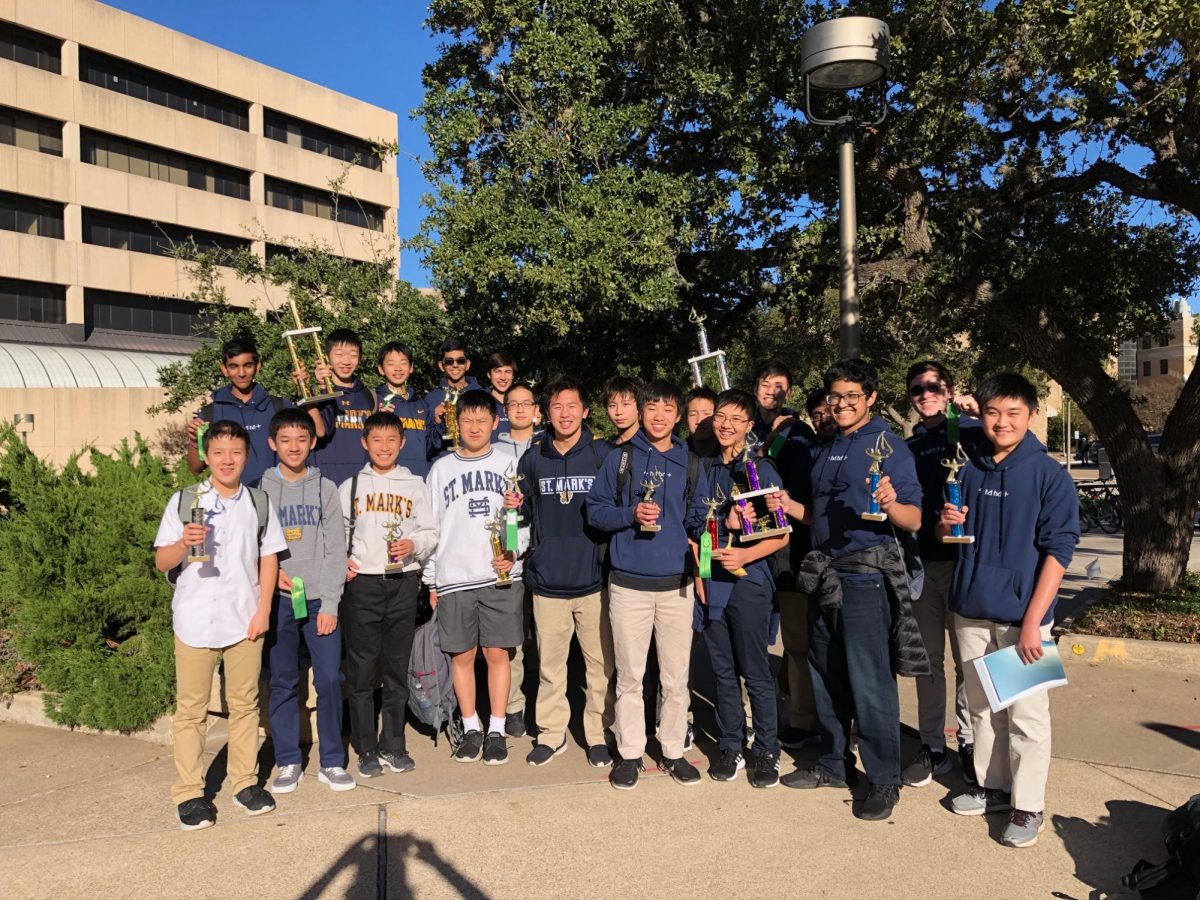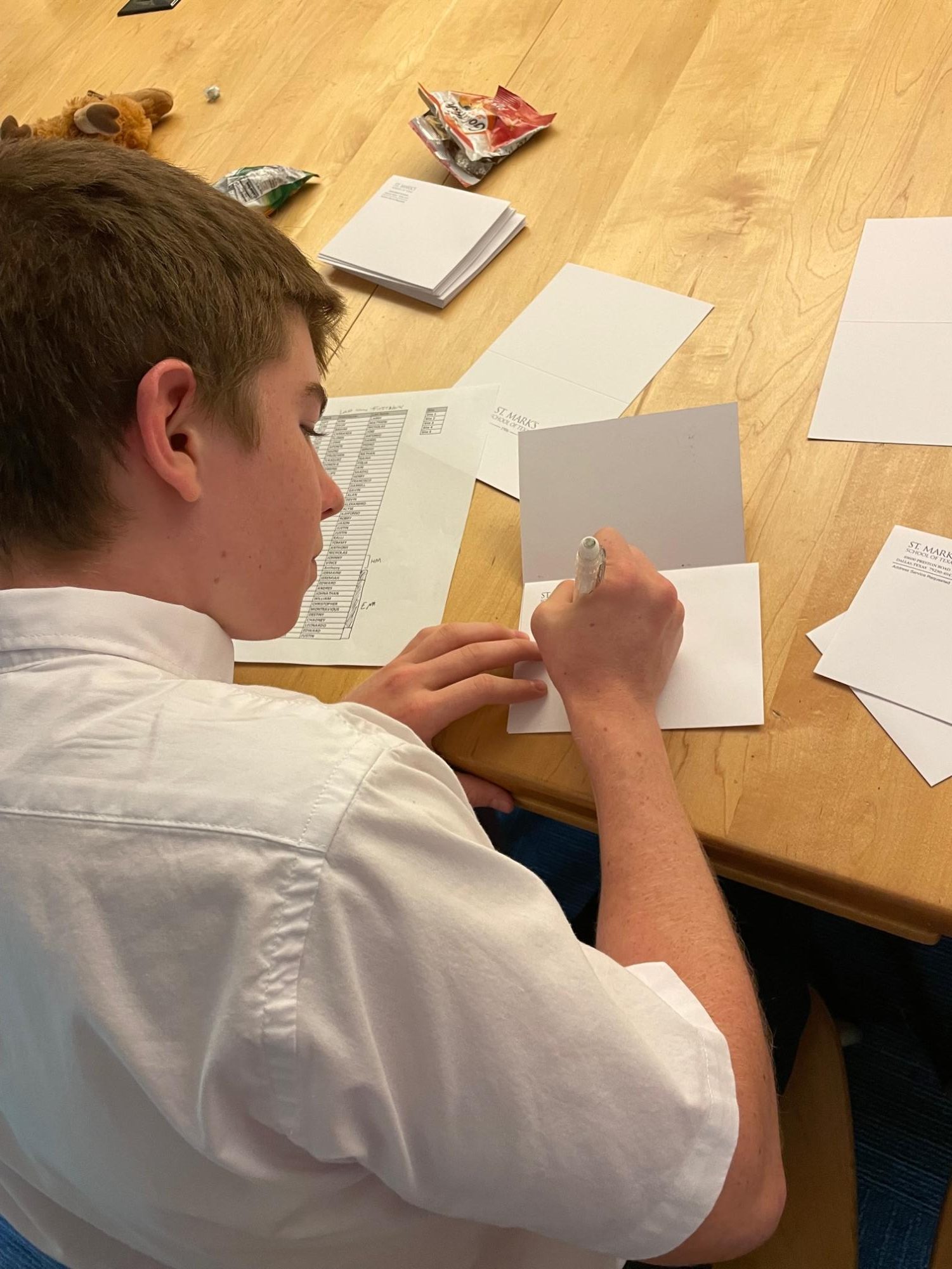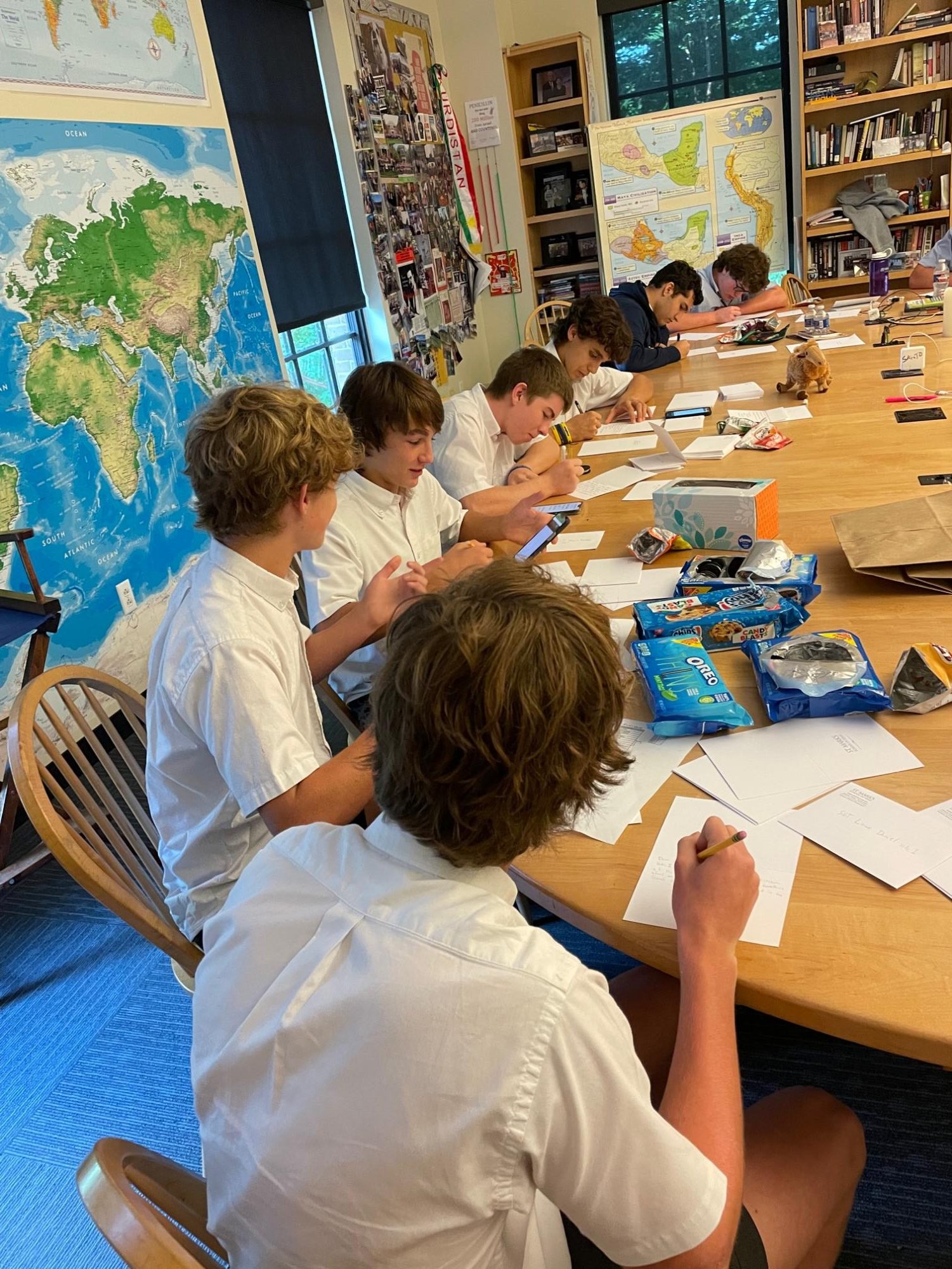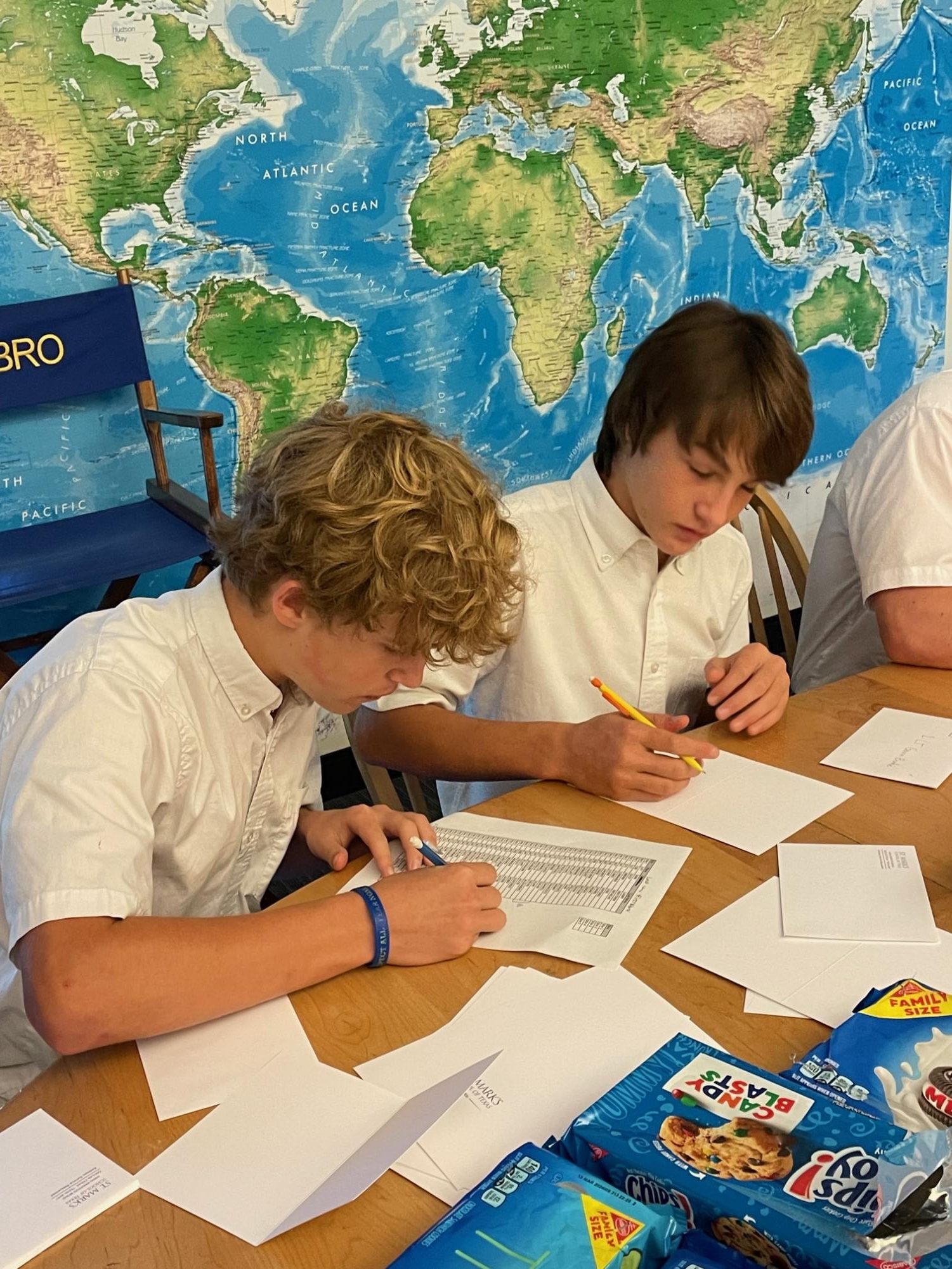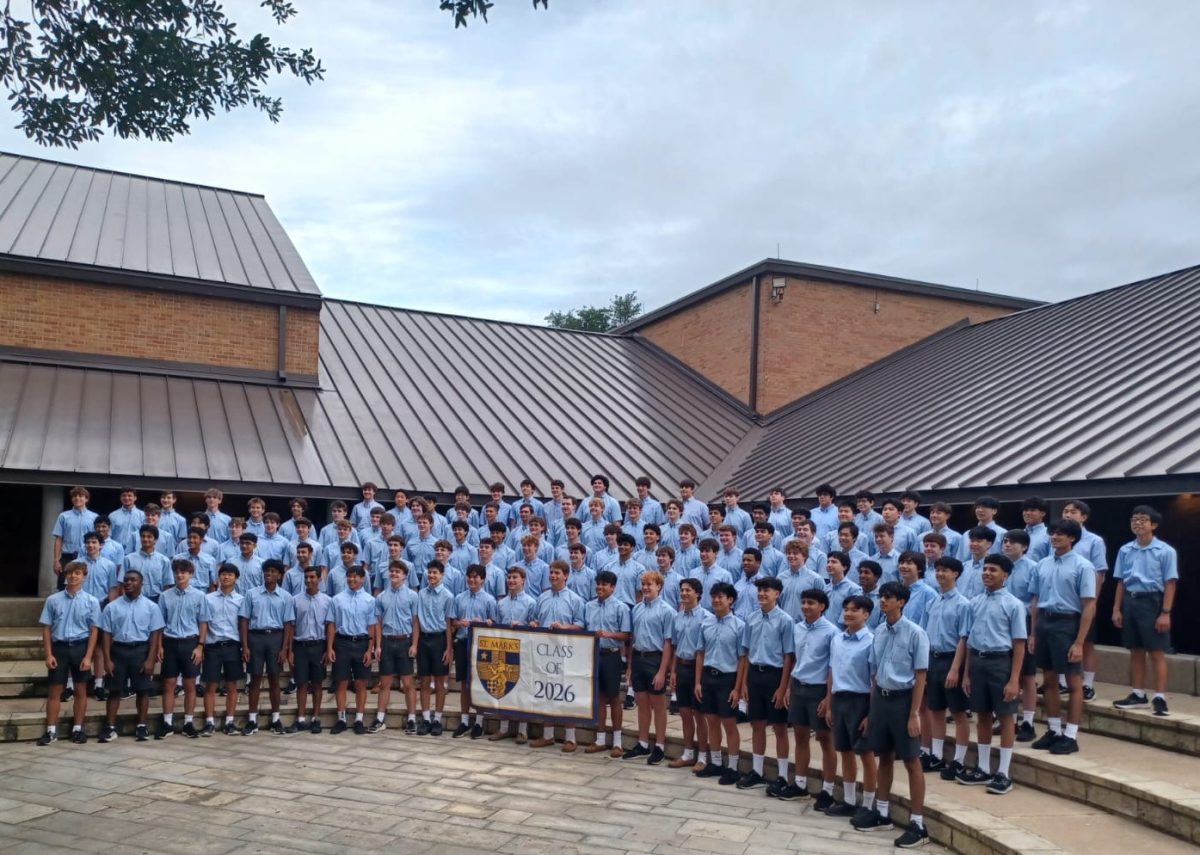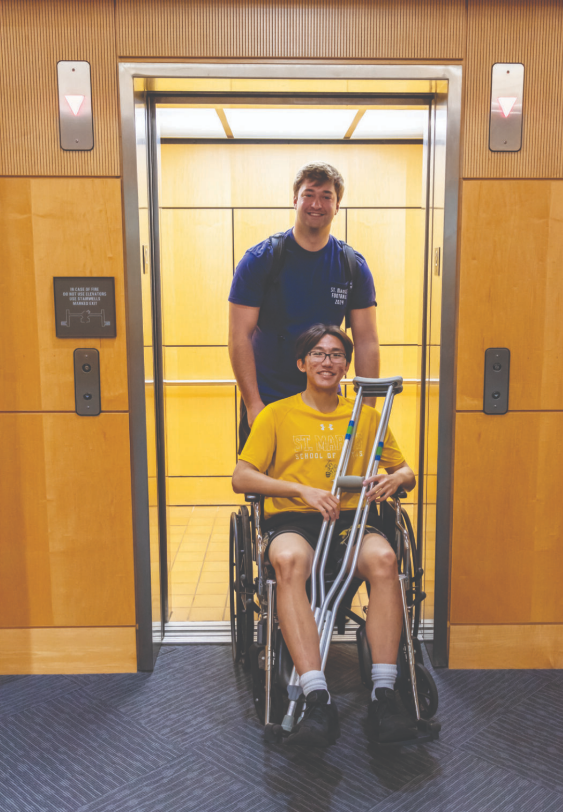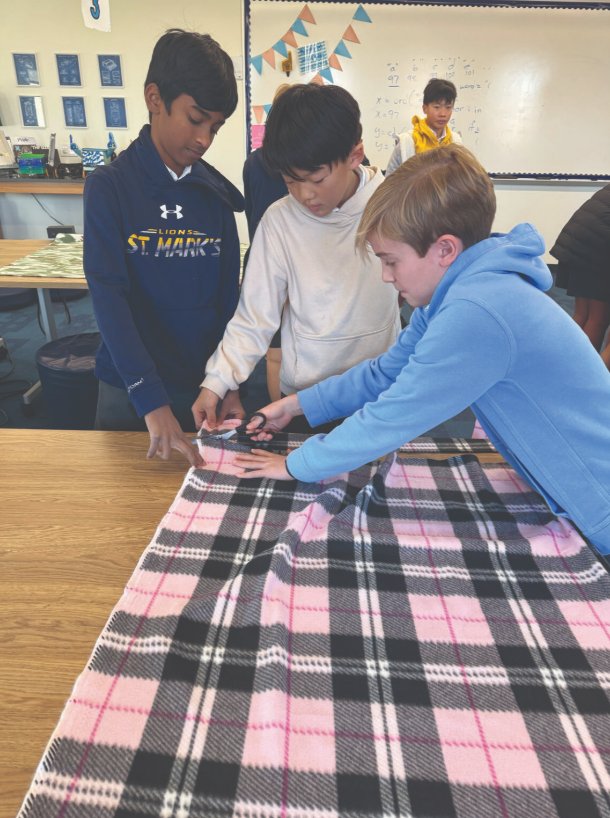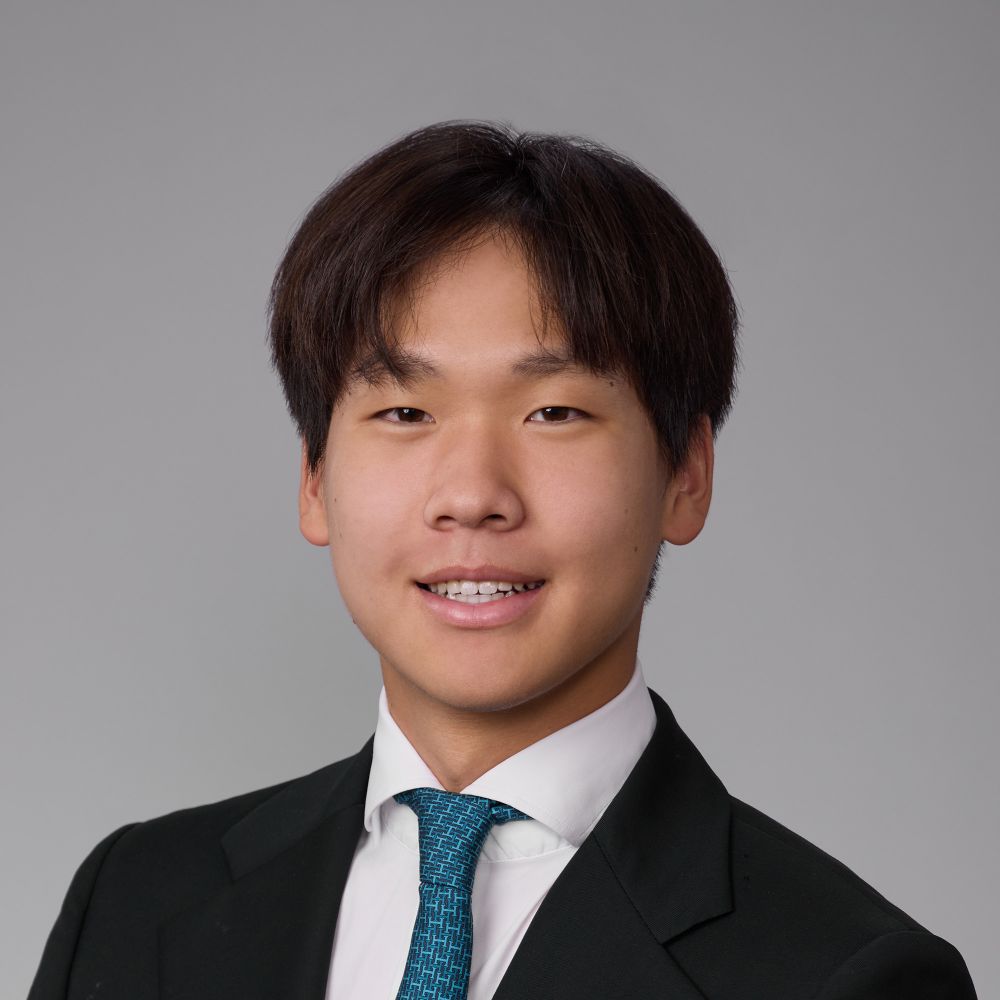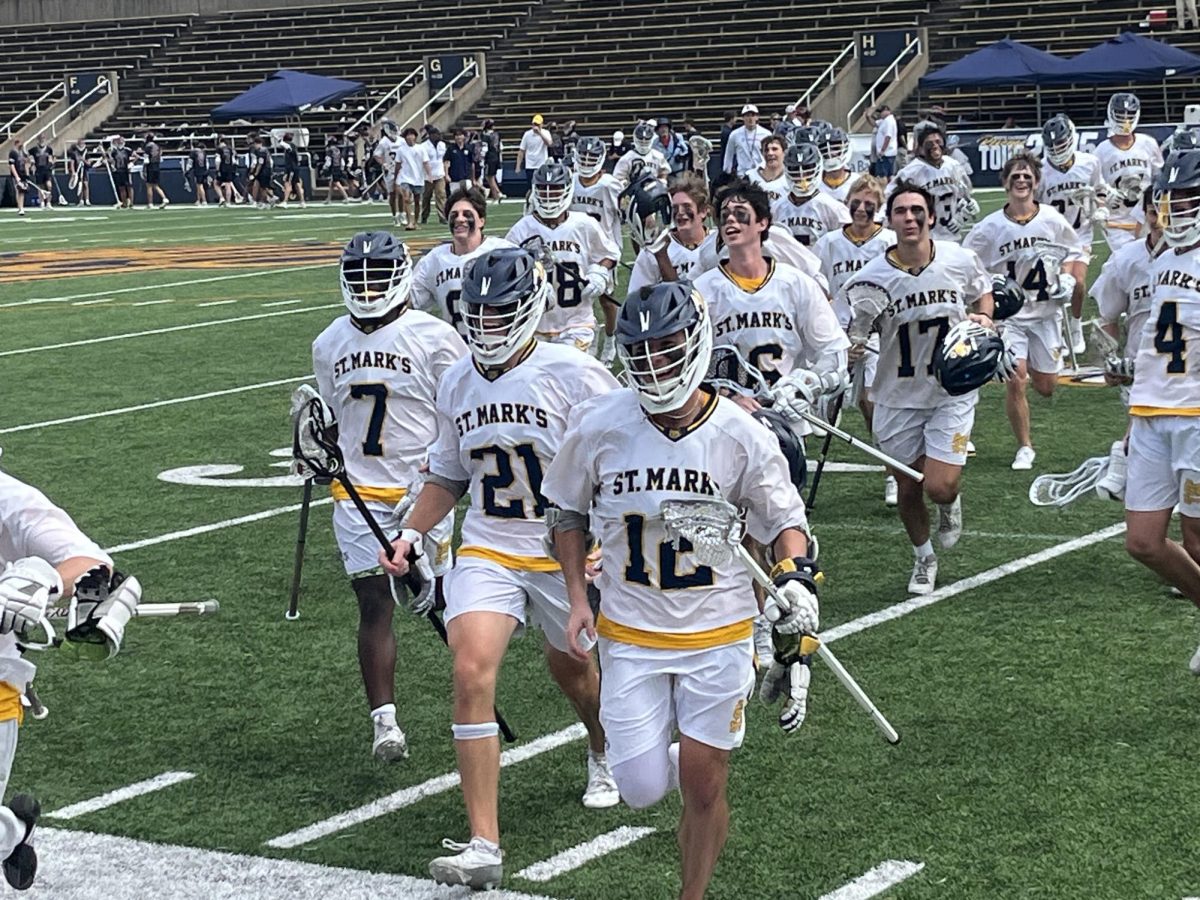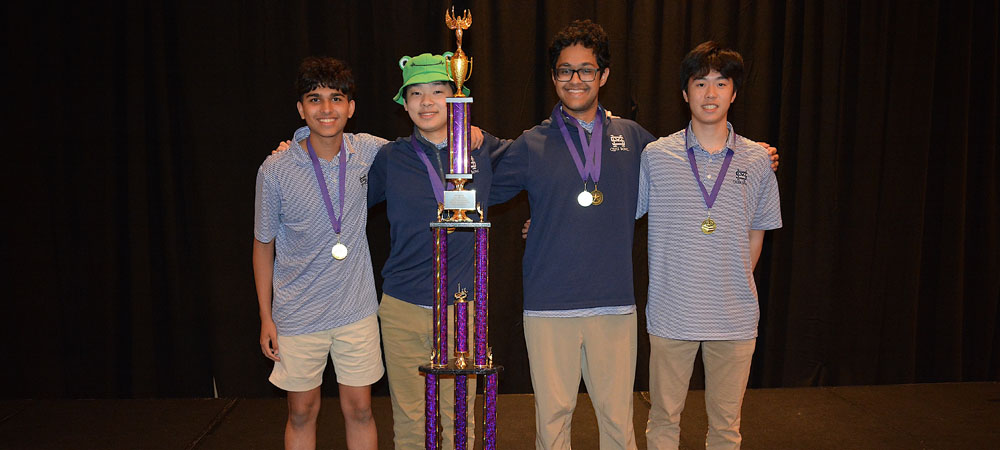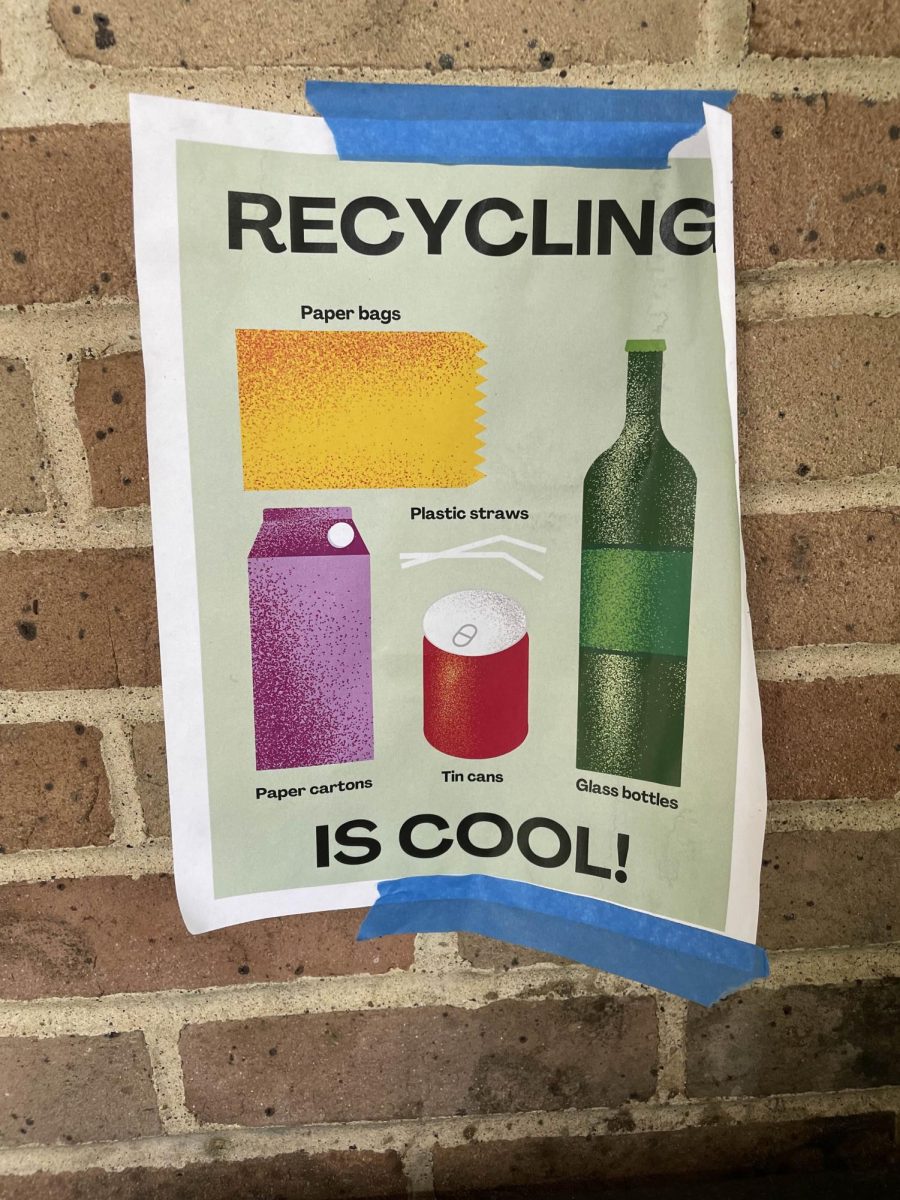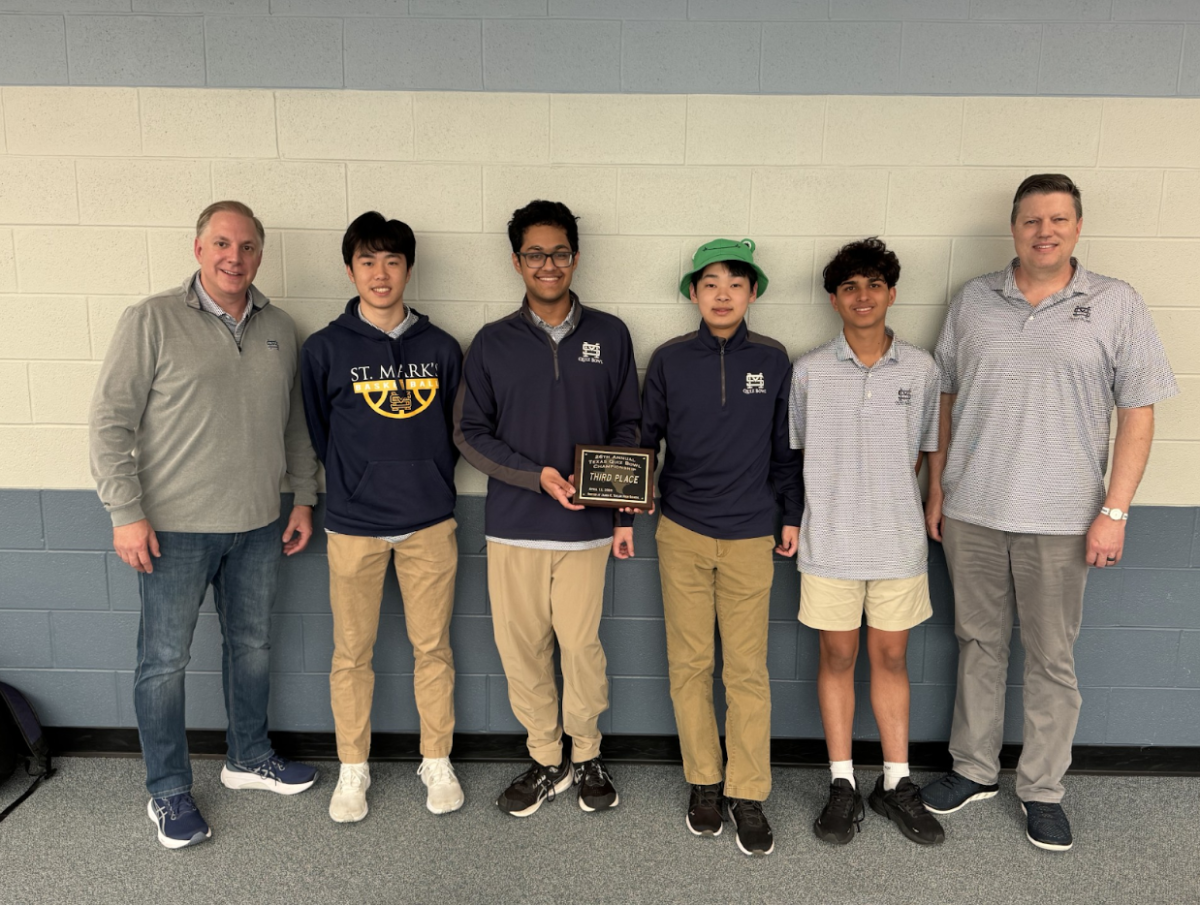Every September, the Upper School hosts the annual Club Fair. Students who wish to start new clubs or to extend the existence of old ones run to amiable teachers for sponsorship and turn in club charters, a task that some complete with more difficulty than others.
After two weeks of this push-and-pulling, with charters processed and finalized, the students prepare themselves to arm their own club tables with special foods, posters of varying levels of quality and whatever various oddities they can scavenge.
Then, the day itself arrives in its rowdy glory: donuts lie in the center of the gym; a few tables sit lonely and empty with only a signup sheet while others are swarmed by the student body; some teachers stand on the fence between curiosity and disapproval; and by the end of it, the clubs emerge with sheets of paper blackened with casual declarations of loyalty.
So clubs obviously have a task cut out for them: not only do they have to seize the attention of the student body, but they also have to keep those few interested students coming back.
Many clubs prefer to take a more traditional approach when recruiting. At the Club Fair, they set up a neat-looking poster, and then have a few members rotate spots sitting at the table to answer any stray questions and to yell at only mildly interested students in attempts at persuasion.
Often, however, this method doesn’t find success without reliance on other means of popularizing the club. For Pranav Danda, one of the co-founders of Poker Club, good pre-planning was key.
“Beforehand we told a few people to spread the word about [the club],” Danda said. “People would know about it, and because sometimes you don’t see the sign or the table at the Club Fair, you don’t sign up. Then, people don’t feel like joining.”
Danda hopes that they’ll be able to retain their members through more interactivity. As of right now, the club has planned for meetings to consist
of practice matches divided by skill, with occasional presentations on different topics such as the dangers of gambling addiction and the math behind poker. There are even plans to host a poker tournament sometime in the future.
“We’re just hoping to teach people,” Danda said. “We want it to be like a risk management club because at the top business schools in the country, they use poker to teach their students.”
While some clubs have also taken it upon themselves to teach their members useful knowledge and skills, others aim to educate students on topics not covered in school. However, the Beacon Hill Tutoring Club aims not only to teach its members but to have them educate others.
According to junior c
o-founder Andrew Jin, the purpose of the club is to have students tutor elementary school students in basic school subjects through Zoom. Students who participate in tutoring sessions are allowed to claim community service hours.
To Jin, convincing people to sign up for the club was harder than getting them to stay. To this end, he takes on a more recent twist on traditional Club Fair tables: he brings a large basket of candy and allows each student who signs up to take their choice from the basket.
“The candy works with the actual club to have signups and actually have people do stuff because people sometimes hear about the club through the candy,” Jin said. “But once they learn what we’re about, the retention rate is much higher.”
The meetings for the club are atypical: instead of having weekly meetings like most clubs, members of the tutoring club only have to come to one meeting a month. During these meetings, students learn the logistics of tutoring receive training, and then spend time outside of the meetings tutoring.
Jin thinks that much of the appeal of remaining with the club is the simple flexibility of the tutoring sessions. According to him, of the 50 to 60 people that signed up this year, around 35 people showed up to the first meeting, with numerous advance warnings of absence due to sports or other commitments.
“The unique aspect of this club is that you can start the tutoring whenever,” Jin said. “I think that will get people coming back.”
For some other clubs, however, the appeal lies not in the flexibility of meeting times but rather in their consistency. This is especially true with clubs that revolve around more academic subjects, as meetings are used more often for teaching and as such are crucial. In the case of the Math Team, this is no different.
Amy Pool, Genecov Master Teaching Chair and co-sponsor of the Math Team has seen both ends of the club leadership spectrum. Thirteen years ago, when Pool first joined St. Mark’s, the Math Team was largely run by the strongest students in order to help weaker students develop a passion and interest in math.
“But [the stronger students] pretty much did their own studying to improve their skill,” Pool said. “It was something they did separately from the Math Team. And part of that was that our team wasn’t that large–we just didn’t have th
at many strong people.”
According to Pool, having just four students qualify for the American Invitational Mathematics Examination (AIME), the second level of the US national mathematics examinations would have been considered an extraordinarily strong year just a few years ago. Now, the number of students that qualify for the AIME is rarely less than 15.
The developments in both size and ability, along with additional resources, have allowed the Math Team to implement a wholly unique system of recruitment.
Instead, at the beginning of the previous few school years, the captains along with the sponsors sent out an email to the Upper School offering the opportunity to participate in the Math Team, though with a unique condition: each student hoping to join has to take a placement test to determine which of the two subdivisions of Math Team they will participate in.
“[The idea is], ‘let’s make sure you’re at the right level so that you can thrive and grow, that you’re not completely overwhelmed,’” Pool said. “But at the same time, you’re being challenged appropriately for where you’re at.”
The presence of two subdivisions has also allowed the Math Team to take a more inclusive approach towards the annual Math Madness tournament in which they participate. The competition format places two teams against each other in a knockout bracket, with teams advancing if their top five scorers tally more points on a problem set than their opponents.
“We can actually have two teams entered in the brackets, because you get seeded in different brackets depending on how strong your skill level is,” Pool saidl. “Not all skills are the same, so it means people in the middle of the group feel th
at they’re not contributing, but by splitting people up into two teams everybody has a chance.”
Besides the Math Madness competition, the Math Team currently also now has plans to participate in the Texas A&M High School Mathematics Competition, as well as the annual February Harvard-MIT Math Tournament, all possibilities made possible by the Math Team’s growth.
Pool thinks that the Math Team’s growth can be even greater in the future.
“Every club evolves with time,” Pool said. “It changes how it’s run. Even more casual clubs will change in their nature.”

